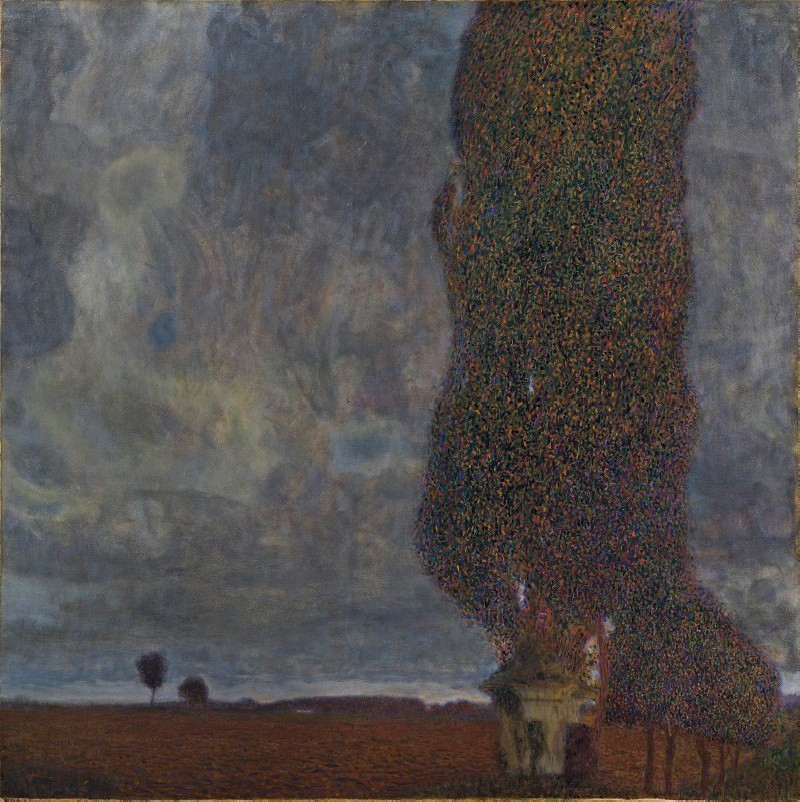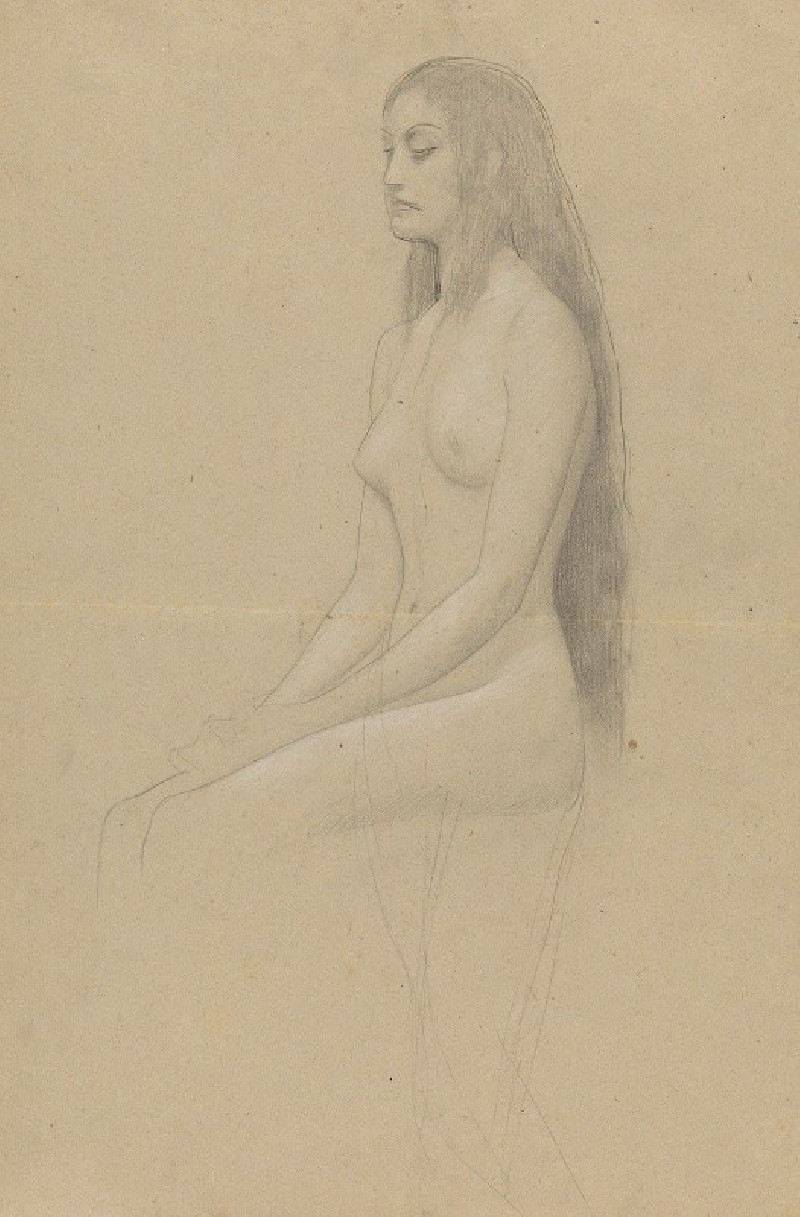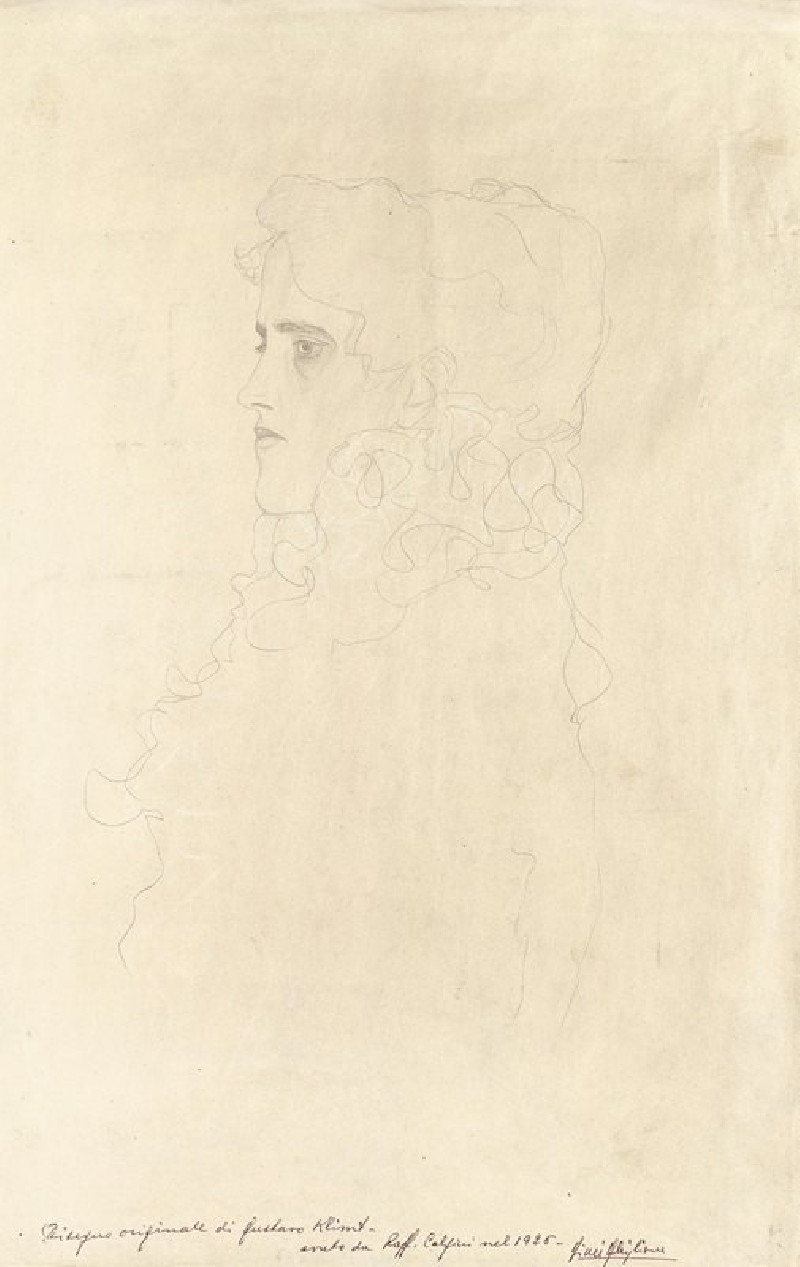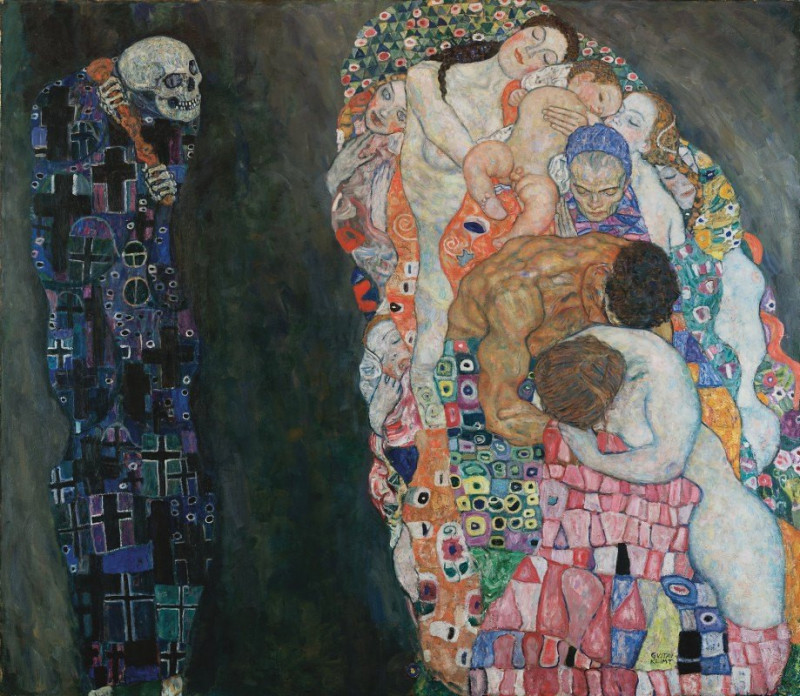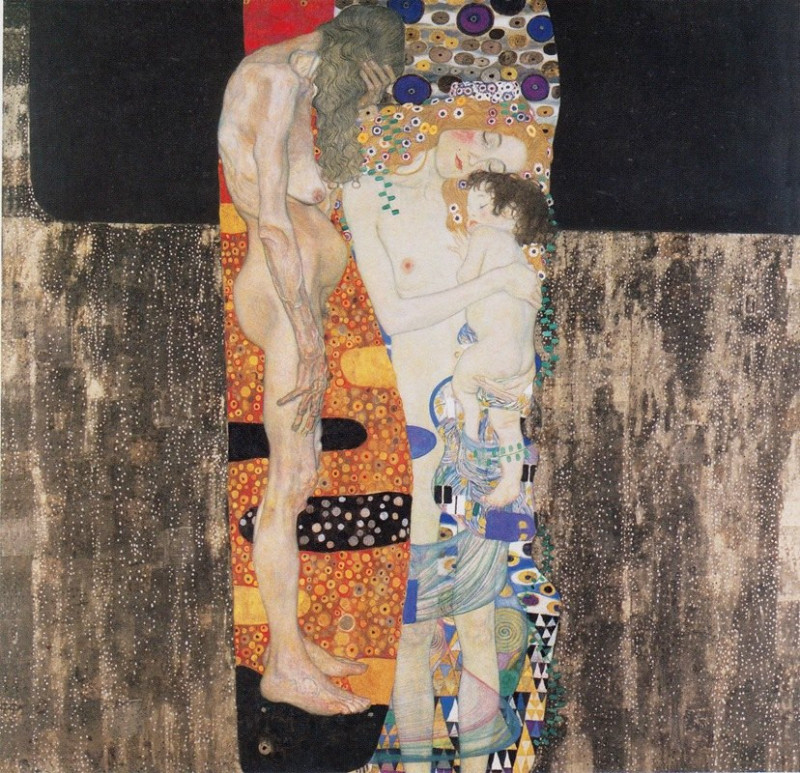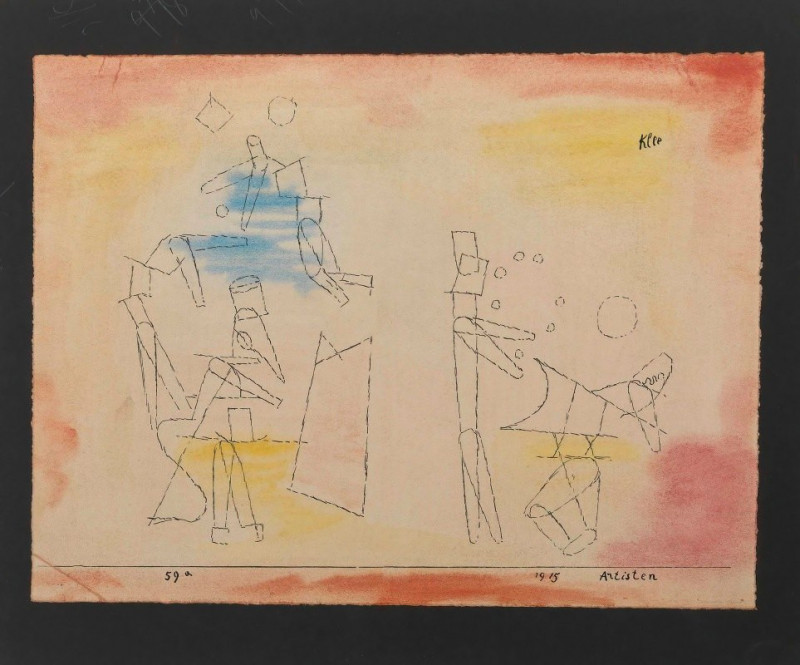Zwei Entwürfe zum Schmuckblatt für Otto Wagner (1911)
Technique: Giclée quality print
Recommended by our customers
More about this artwork
The painting "Zwei Entwürfe zum Schmuckblatt für Otto Wagner" by Gustav Klimt, created in 1911, is an exceptional piece that showcases the unique stylistic trademarks of the artist—a leader of the Viennese Art Nouveau movement. This artwork features two distinct but related designs, possibly intended as decorative pages or title plates for a portfolio dedicated to the architect Otto Wagner, one of Klimt's contemporaries.On the left side of the painting, we see a preliminary pencil sketch filled with swirling, almost abstract forms. This draft reveals Klimt's initial conceptualization, focusing heavily on organic shapes that interlace in a rhythmic, flowing manner. It provides insight into the artist's creative process, capturing his first impressions and the fluidity of his artistic thoughts.In stark contrast, the design on the right is more refined and colorful. It features a female figure adorned in an elaborate dress, intricately detailed with what appears to be jewels and decorative patterns. Her poised demeanor and the composition's symmetry reflect the elegance often seen in Klimt’s portraits of women. The ornamental elements surrounding her echo the Art Nouveau fascination with nature-inspired forms and the integration of applied arts within fine arts, characteristic of Klimt's work.Together, these two drafts not only highlight Klimt's masterful blending of drawing and painting but also his capacity to infuse depth and texture into flat images.
Delivery
Returns
Gustav Klimt (1862–1918) was one of the greatest Austrian symbolist painters of the Art Nouveau era. Renowned as one of the most prominent founding members, and as a president of the Vienna Art Nouveau movement (Vienna Secession). His works were mainly paintings, murals, and sketches. Marked by his numerous erotic drawings, Klimt's primary subject were female figures, and at one point his work was even criticized as pornographic. Klimt found financial success in his "Golden Phase" with decorative techniques and the prominent use of gold leaf in his paintings.















